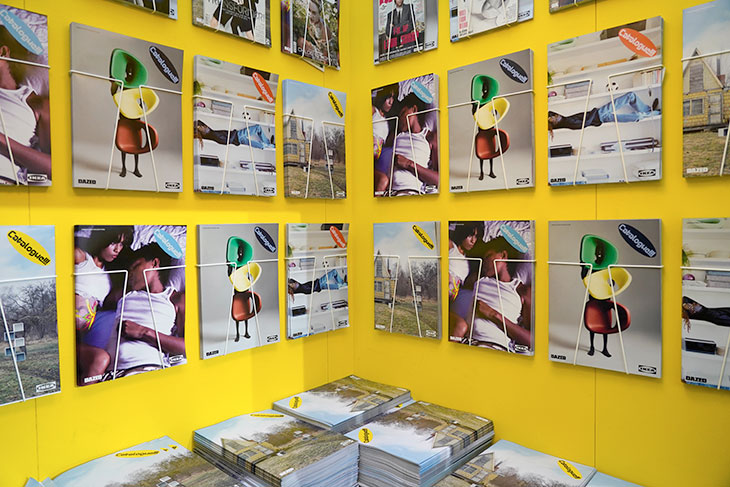
IKEA marked the opening of “1st,” an exhibition that explores the emotional journey of moving into your first home. Hosted at Padiglione Visconti, the 1244-square-meter venue has been transformed into an IKEA playground, welcoming visitors to explore the intricate design and emotional aspects of this monumental life transition. Expertly crafted by long-time IKEA collaborators architect Midori Hasuike, spatial designer Emerzon, and lighting designer Anders Heberling, the exhibition highlights the diverse yet often similar experiences people face when moving out on their own for the first time.
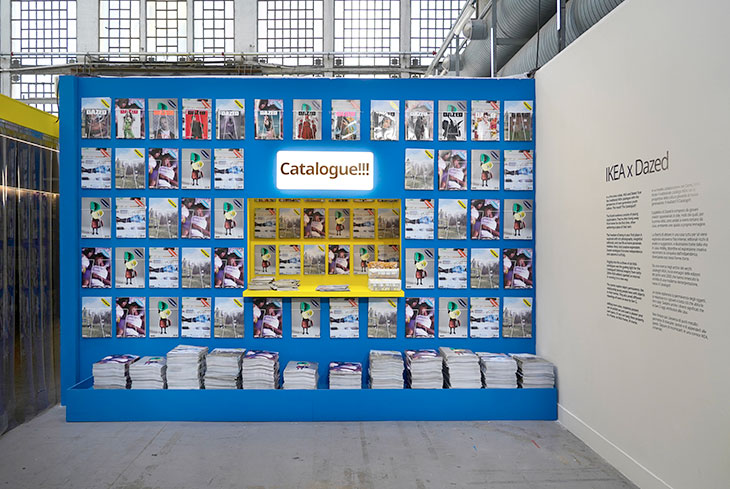
Courtesy of IKEA
We are joined by Marcus Engman, Creative Director at Ingka Group (IKEA Retail), who has an extensive background within IKEA, having served as Communication and Interior Design Manager, Marketing Manager, and Head of Design. In his current role, Marcus leads initiatives like Atelier100, IKEA Festival, and IKEA at Fuorisalone, while also managing his own conscious streetwear brand and the creative collective SKEWED. His multifaceted expertise makes him the perfect guide to understanding the creative process behind IKEA’s latest exhibition at Milan Design Week.
INTERVIEWS
Join us as Marcus Engman provides insights into the creative process behind the “1st” exhibition, the inspiration for the new collections, and IKEA’s vision for the future. His expertise will shed light on how IKEA continues to resonate with diverse audiences worldwide through innovative design and strategic communication.
Marcus Engman sits down during Milan Design Week to talk with our Editors Zarko Davinic and Katarina Doric about IKEA staple pieces, and our favourite limited collections:
For Design Retail, what is the most important thing for you in the next year, design-wise?
I think it’s about how we can interact more with people while designing, a bit like what we’re showcasing here. Our Fuorisalone set ups is created together with the audiences we want to reach. It’s not just about researching them; it’s about working together to create solutions and impactful content. This is a different approach, and I think we’re going to do more of that.
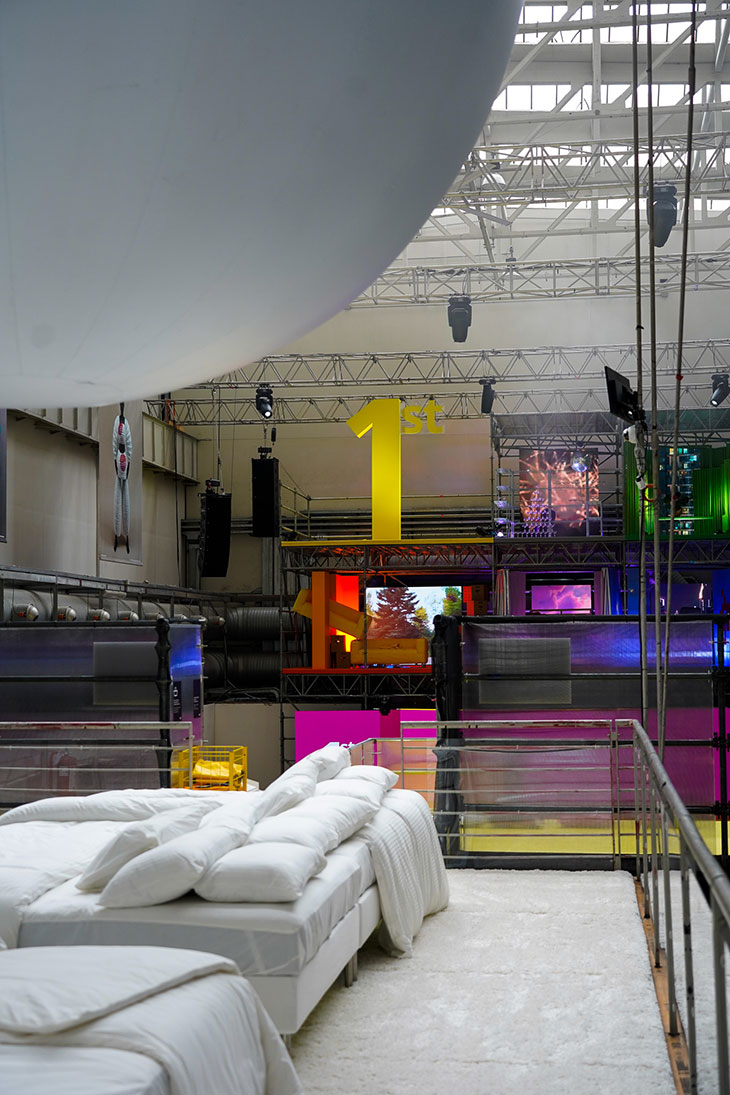
In the last few years, people have been looking through catalogs and archives. Did you also listen to that online? Why isn’t IKEA bringing back their amazing products from 30 years ago?
We have been listening and have been revisiting the designs of some of our older products, especially for our 80th anniversary. We started the Nytillverkad collection, which is released in four different drops with new things every time—or new old things. But unlike many other companies, we’re not simply making replicas of the past. We are reimagining them and making them with a new generation of consumer in mind. better when we bring them back. Some products, like Klippan and Poäng, have always been part of our range, and they remain vintage.
Creating new staple pieces for IKEA, even through design collaborations, do you ever think some of these pieces will stay for 20 years?
It depends on the reasons behind the limited collections. Sometimes we work with new materials or production techniques, and it’s hard to scale up directly. So we test them out in limited collections and then build the capacity to do more if it works.
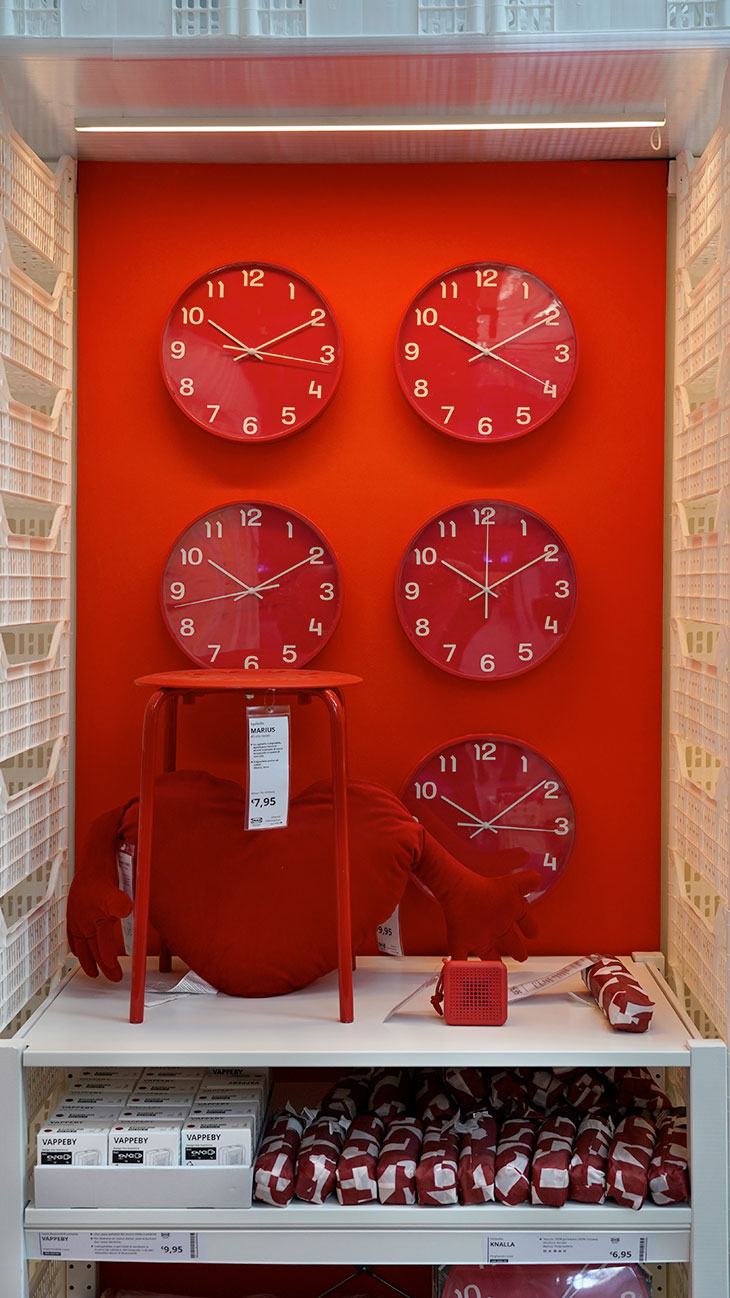
Does this process also indicate how the market will react to your designs?
Yes, but it’s more about what’s possible to produce and retail rather than just market reaction. Our research is thorough, and we continuously improve our designs through iteration.
How long does it take to research and partner for these limited collections?
It varies a lot. It’s not always about products. For example, our collaboration with Dazed involved producing research with young people worldwide, resulting in a magazine –titled “Catalouge!!”. During my time as head of design, I’ve worked on over 50 collections or collaborations, many of which happened by accident. You meet someone, start talking about something interesting, and it develops from there. Collaboration isn’t just about brands rubbing off on each other or involving famous personalities. It’s more about what we want to change together.
Collaboration isn’t just about brands rubbing off on each other or involving famous personalities. It’s
more about what we want to change together.
The gaming industry is a good example of this.
Yes, ahead of the launch of the Branboll collection, we spent time reaching out to gamers, asking them what they need, and working together is essential. The majority of people know what they need and their aspirations, so collaborating with them makes sense. This collaborative approach is deeply rooted in IKEA’s Swedish ethos, where everyone works together for solutions.
The gaming industry is so big, and they know best what they need.
Yeah, but I think that’s the case with most people, actually. You know what you need and what your dreams and aspirations are. So why don’t we work together with people when we produce? I think that’s a way of designing that is deeply rooted in IKEA. We’re very Swedish in that sense. Have you heard about Jante? You don’t want to impose yourself on people or try to be smarter than anyone else. Instead, you work together on solutions. Nobody should be more important than anyone else.
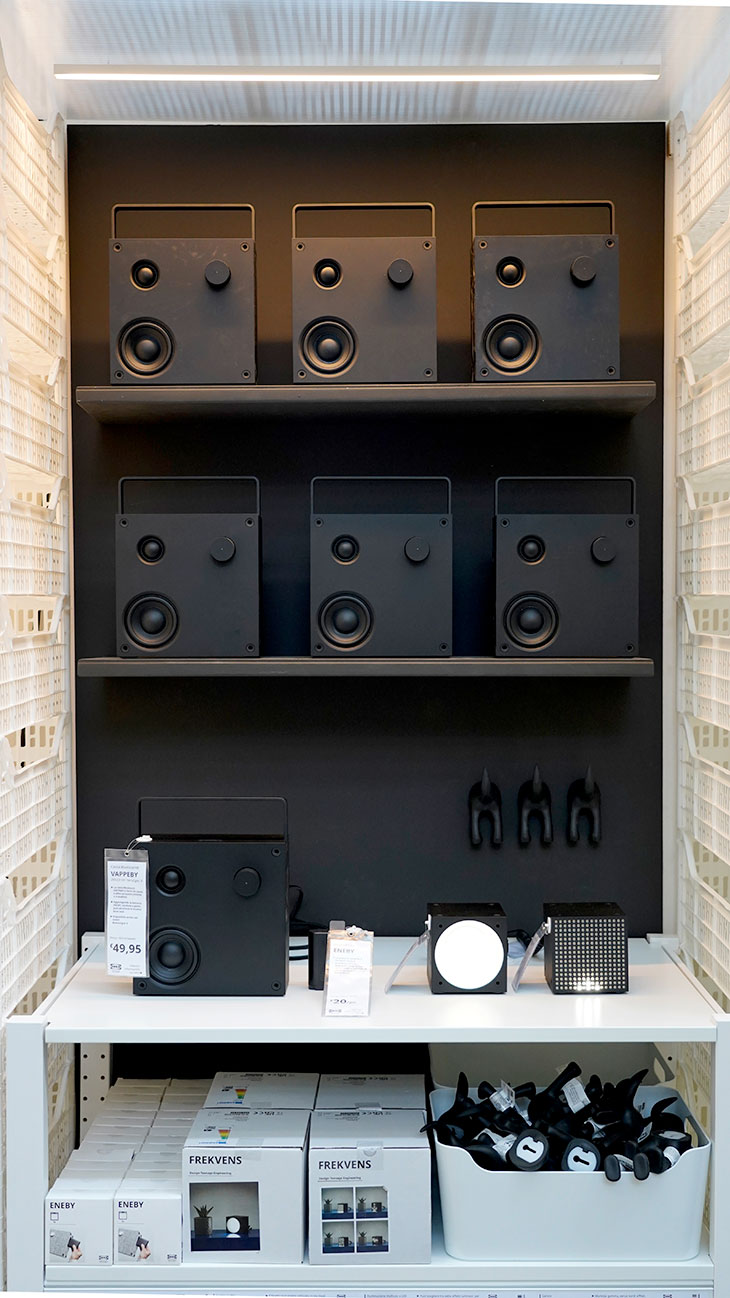
That’s a nice concept!
It’s part of being Swedish. And I think that’s also deeply rooted in who we are at IKEA. We’re very much about working together. That’s the way we do things. It’s the same with factories. We don’t just send something off for them to produce; we set it up together with them.
We are at Salone, and we have to talk about the immediate plans for the next year. What do you think is going to happen? IKEA gets a lot of criticism for sustainability, even though you’re doing a lot. We also believe that nothing can be 100% sustainable.
But you should always strive to be 100%. And that’s what we’re doing all the time. I think you’ll see even more efforts from us in designing for sustainability. Our democratic design ethos, which we’ve had for so long, includes sustainability. It encompasses beauty, quality, functionality, durability, and affordability. We strive to incorporate all five elements in every product.
That’s a hard mission to take on compared to just creating a beautiful product.
Yes, but it can always be done better, and that’s something everyone is striving for. We’ve had significant growth, like over 20% last year, yet we’ve still managed to reduce our carbon footprint during that time. So growth and sustainability are not going hand in hand; they’re actually diverging, which is a good thing.
Long-lasting furniture is one of the better features of good design.
It is. And you can create that. But I think to understand what makes things long-lasting, it’s not just about the choice of materials. I’ve worked in design for so long, so I’m really thoughtful about what I choose because I’m afraid of getting tired of it. Sometimes you have designs that seem really good, but they’re more like fast fashion—something you will get tired of. I don’t want to work with that. So, I think it’s important to work with things that don’t tire you out. A lot of our designs are pretty basic because we want them to blend well with both vintage and other styles. That’s part of our design philosophy.
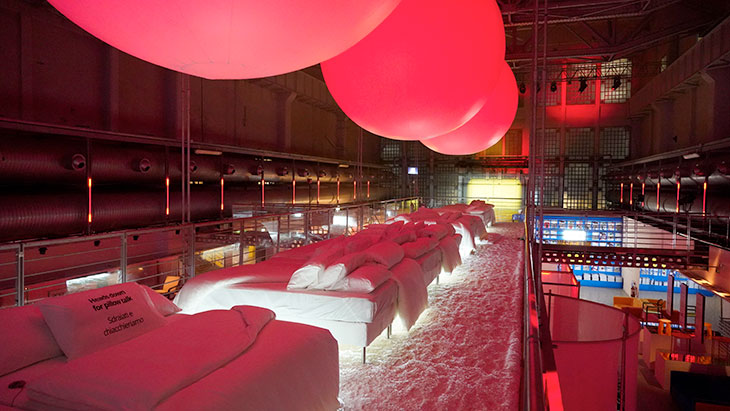
With Limited Collection, I guess you also have the space to go a bit out of the norm.
We can do that in other areas. I wish we could do it more, actually. At heart, we’re an extremely curious company, and I want that to show in the way we do events and products. So I think that should be evident. With limited collections, maybe it’s not that we’re more daring there, I would say. The fun thing is that a lot of the limited collections are the ones that have the highest prices on the vintage market. For instance, the things we did with Ilse Crawford are now more or less double the price we sold them for.
The fun thing is that a lot of the limited collections are the ones that have the highest prices on the vintage market. For instance, the things we did with Ilse Crawford are now more or less double the price we sold them for.
And from Ilse, you can even get a frying pan.
Exactly.
The most basic products that you don’t even know are by Ilse Crawford.
No, but I think that’s kind of beautiful too. For us, it’s not important that it’s Ilse Crawford’s name. What’s important is that we do great stuff and we do it together. But the moment you discontinue a product, it becomes valuable in the market. Not all of them, but quite a lot.
There’s also been a trend within vintage IKEA right now.
True, true. And I think that’s partly driven by us opening up. I was part of creating the IKEA museum in Älmhult. . We also created a digital museum, which includes all the stories of all the products. This led many people to develop an interest in IKEA’s history and discover the old products. I think that’s part of why it’s so successful right now.
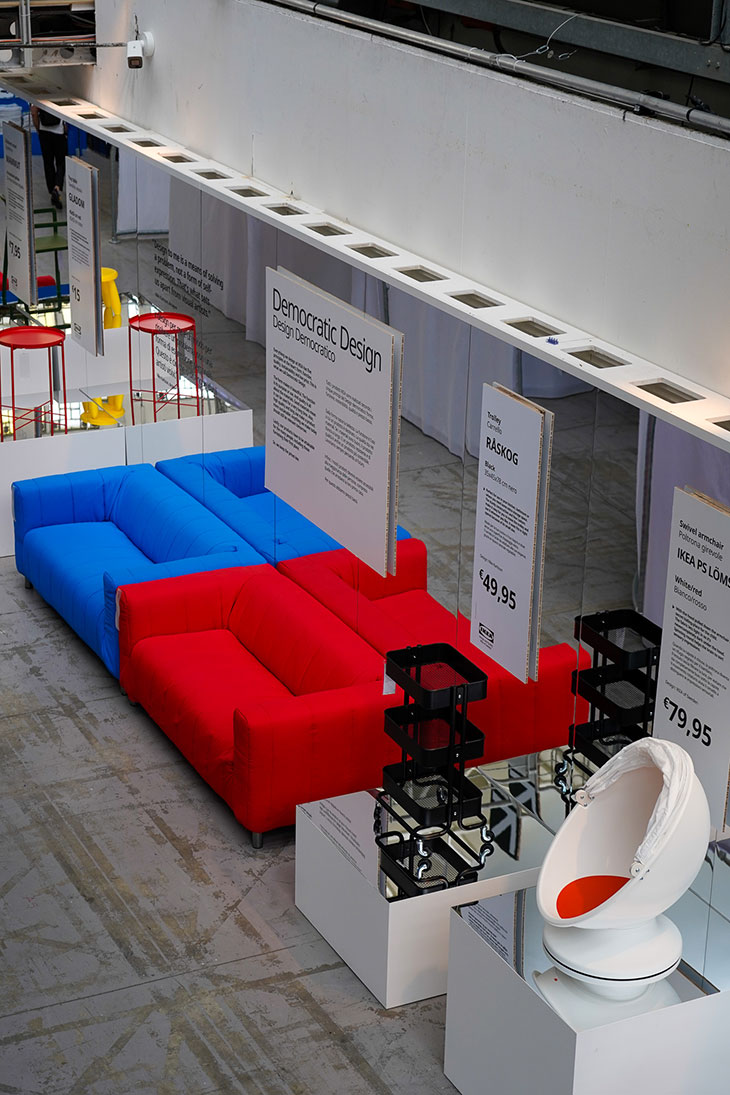
But it is also about exploring the new. Such as your collaboration with L.A. brand STAMPD, called SPÄNST, and you had pieces like the black arm chair and at that time completely novel LED light units.
Chris Stamp from STAMPD was also one of the first fashion designers we worked with, along
with Walter van Beirendonck and Katie Eary. It was actually through Katie Eary that we eventually
met Virgil because Katie worked for Kanye, and Virgil was Kanye’s creative director when we met.
That’s how everything came together.
Have to admit, I got almost the entire IKEA Virgil collection, can you tell me more about that collaboration?
We’ve worked with many designers, and sometimes these collaborations lead to unexpected outcomes, like meeting Virgil Abloh through Katie Eary. The Virgil story is fun because we met before he became famous. We actually met here in Milan, talking about other things. Then we started discussing how to create something together. He was very passionate about the people he had for Off-White and also worked a lot within the music industry. There are so many young people today who don’t understand the importance of the home. He said, “I want to do a collection where we teach them”. If you look at it, it’s all references to famous designs and so on, but we have done them in a different way. They are not replicas or copies; they are just references. I like that approach, having a bigger task than just selling goods. Of course, we understood that this was going to be hugely successful when he became super big, but that was not the intention from the beginning.
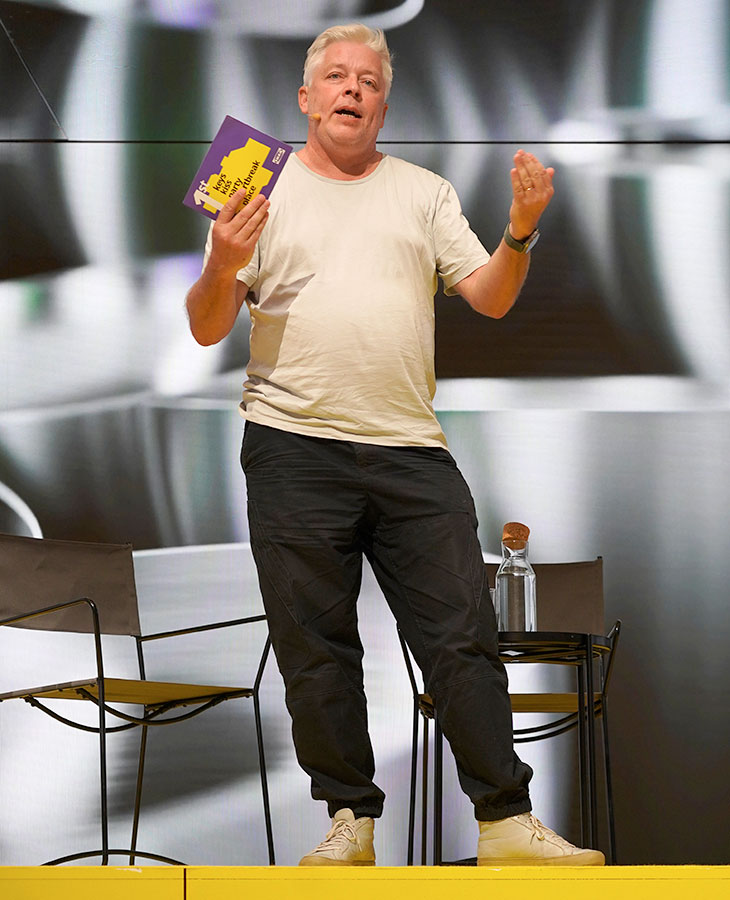
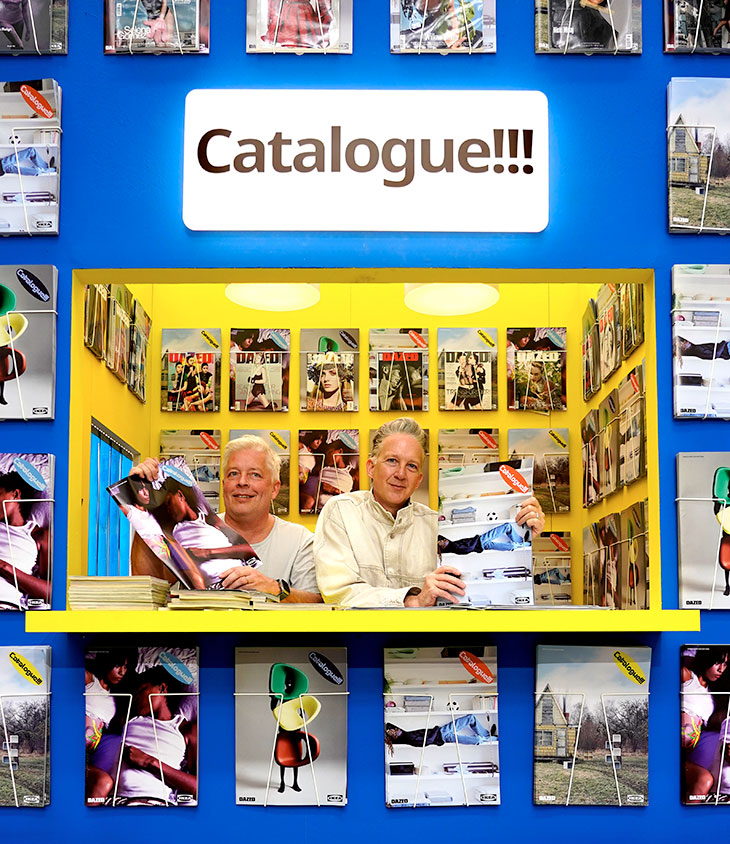

Virgil Abloh became very famous. Did you expect that?
You never know. He made a big difference and was genuinely nice, which helped a lot. Talent and being easy to collaborate with are crucial.
Why do some people stay in the spotlight while others fade away?
Besides their talent, it’s about being nice to people and easy to collaborate with. You also have that drive for what’s next, which I really appreciated when we worked together. Part of my job at IKEA is to see what’s next and identify what we need to push for. You’re going to see more new things.
RELATED: IKEA Retro-Inspired Nytillverkad Collection Celebrates 60s and 70s



